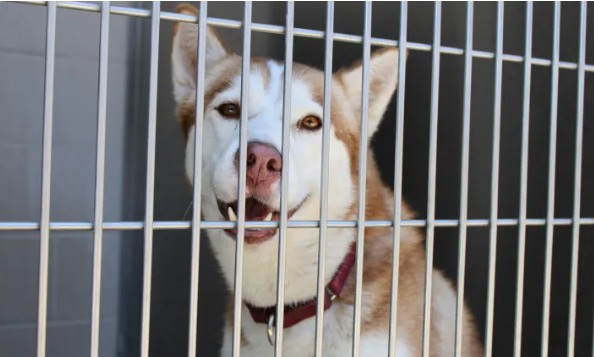Statistics say that the least-likely animals to get adopted out of animal shelters are old dogs or cats, pets with amputations, and most importantly black dogs and cats. Older dogs and cats are on the list of least likely to get adopted, because most people don’t want to go through the heartbreak of getting attached and then losing the elderly pet they adopted, they don’t want and blind/deaf pet, or they just don’t want to spend the amount of time, care, and energy that an older pet needs. Therefore, people usually stray away from older animals.
Then animals with amputations are also on the list because of people not wanting to adopt an animal that needs extra care and attention. The pets in animal shelters that are the most unlikely to get adopted are black dogs and cats. They are least likely to get adopted because most people go for pets with lighter colors. Black dogs are so unlikely to get adopted that people started to call it the Black Dog Syndrome. “…the least likely to get adopted from what I can see is large adult dogs and normally in the color black” said Grey Coulter, a freshman at Carterville high school. Grey has first hand experience with this subject from helping out at Wright-Way Rescue in Carbondale.
In shelters, statistically, the most likely pets to get adopted out of animal shelters are puppies under 7 months old, Golden Retrievers, German Shepherds, protective dog breeds, and fluffy cats. Puppies are the highest to get adopted because most people will want a dog that will be with them for a long time. Then comes Golden Retrievers and German Shepherds, people will lean towards them more because they are good family dogs and will protect their owners.
After those breeds, comes the protective dog breeds. People might gravitate towards the protective breeds if they have kids. The protective breeds that people might go for are Rottweilers, Great Danes, Pit Bulls, Cane Corsos, and Great Pyrenees. Gray Coulter added “The most adopted are puppies under 7 months old.”
To end, whenever someone is going to a shelter to adopt or is adopting, try to tell them to look at the animals that have been in the shelter for a long time or have been returned multiple times, not just the animals that are very popular.





